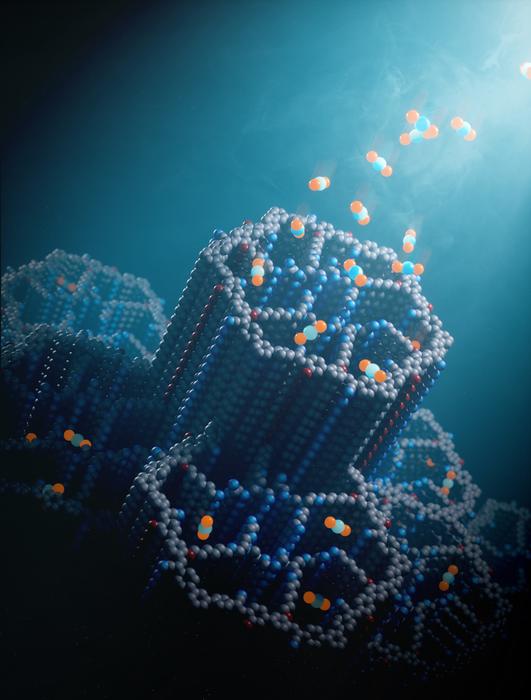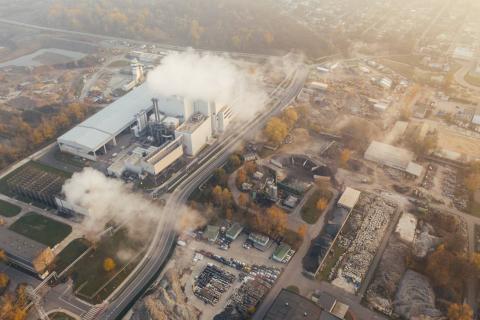New method developed to capture CO2 directly from the air
Current carbon capture technologies to mitigate climate change only work well when applied to concentrated sources, such as power plant exhaust gases. An international team of researchers has developed a new method using a special porous material capable of capturing CO2 directly from the air, despite its low concentration. According to the authors, who publish their results in the journal Nature, this technology ‘represents a significant step towards clean air’.

Juan Carlos Abanades - captura carbono EN
Juan Carlos Abanades
Research Professor at CSIC and head of the CO2 Capture group at the Institute of Carbon Science and Technology (INCAR)
I agree with the authors on the enormous importance that direct air capture technologies will have in climate change mitigation, either to remove CO2 from the atmosphere (and then store it underground) or to use that atmospheric CO2 in the synthesis of truly 100% renewable fuels (i.e. made with 100% renewable energy and CO2 ). The technologies are much closer than people think and there are no major chemical or physical barriers to developing them. The debate is about which will be the cheapest and whether we will be able to afford the price. I am optimistic about all this: there are more than 100 start-ups already created and a lot of science and engineering under development that will bear fruit and make news in a few years.
However, I think this article is of mediocre quality. I am surprised by its publication in Nature. I would like to assume that its scientific value lies in its proposal of new methods of organic synthesis that produce materials with properties of some interest to experts in that field (not mine and I cannot assess whether that is the case). But as functional materials for CO2 capture they are very, very far from demonstrating their capabilities on a large scale.
The reason is simple: any CO2 capture system (captured from air or any other gas) aims to generate a highly concentrated stream of CO2 in the regeneration stage. The authors say virtually nothing about how such an almost pureCO2 stream is to be obtained. Everything revolves around the measurements in the adsorption stage, but their regeneration stages are performed by diluting the adsorbed CO2 with N2, and I have not found what the CO2 concentration is at the outlet of the solids bed in that regeneration stage at only 60 ºC (very low, I am afraid).
The stability of the material, which in practice requires hundreds of thousands of adsorption-desorption cycles, is also not demonstrated by its few multi-cycle tests. Moreover, this stability will be affected by the regeneration conditions (surely at higher temperature? Or with steam?) necessary to obtain high CO2 concentrations during regeneration. I am really surprised that this is published in Nature.
Zhou et al.
- Research article
- Peer reviewed



